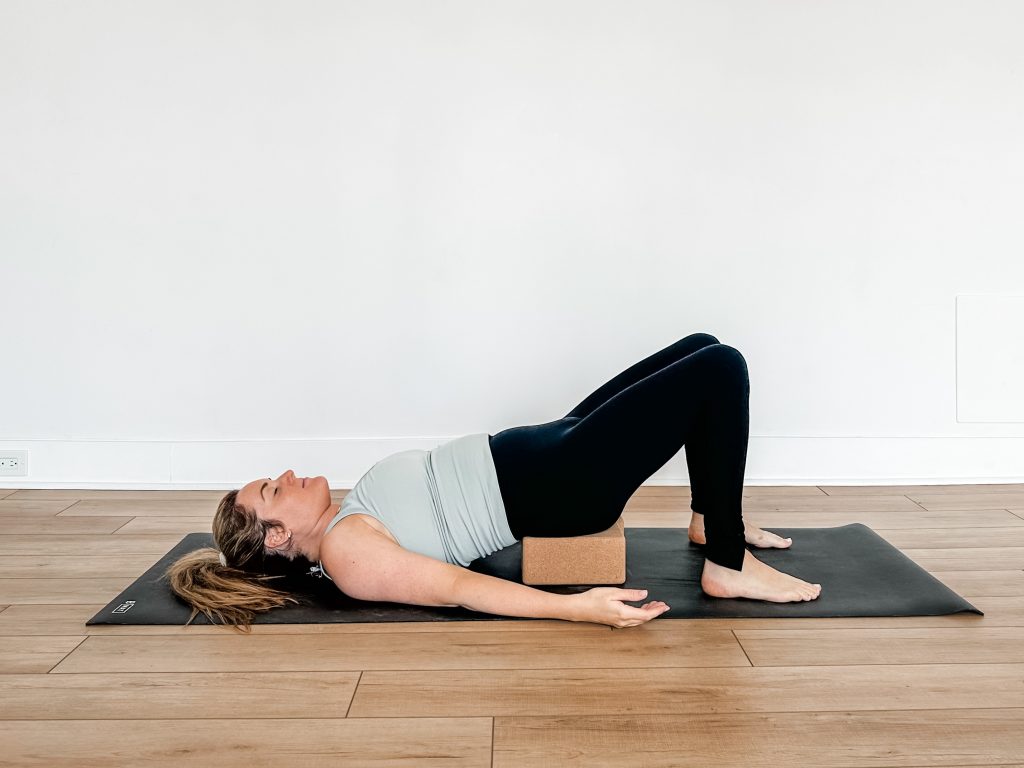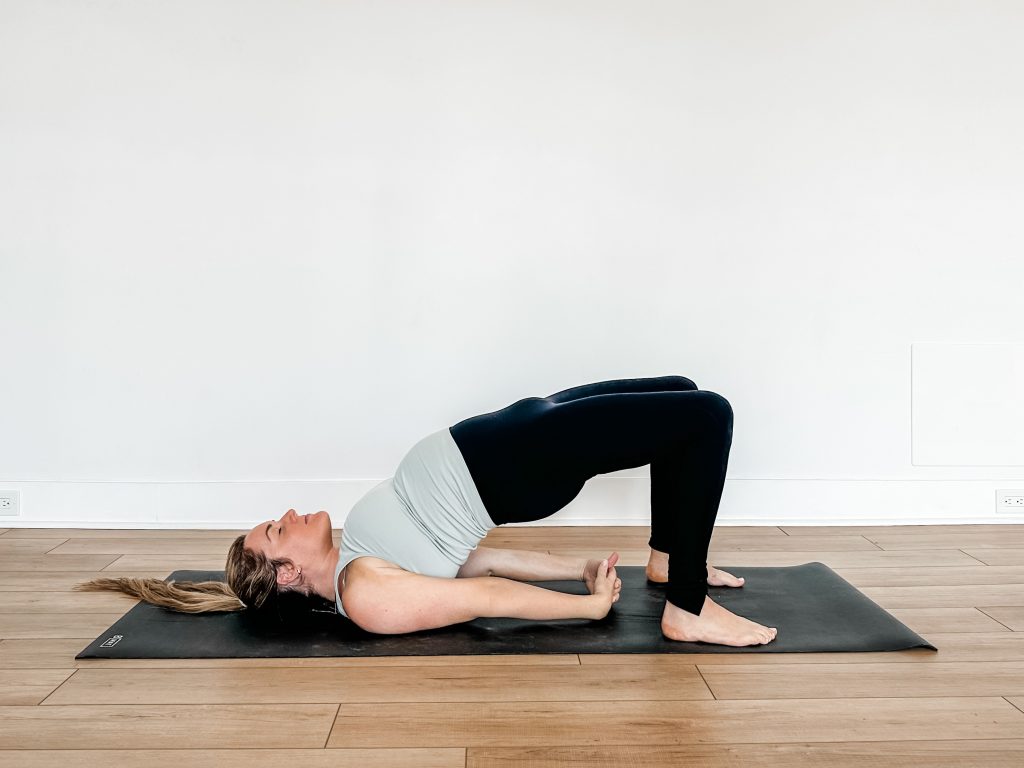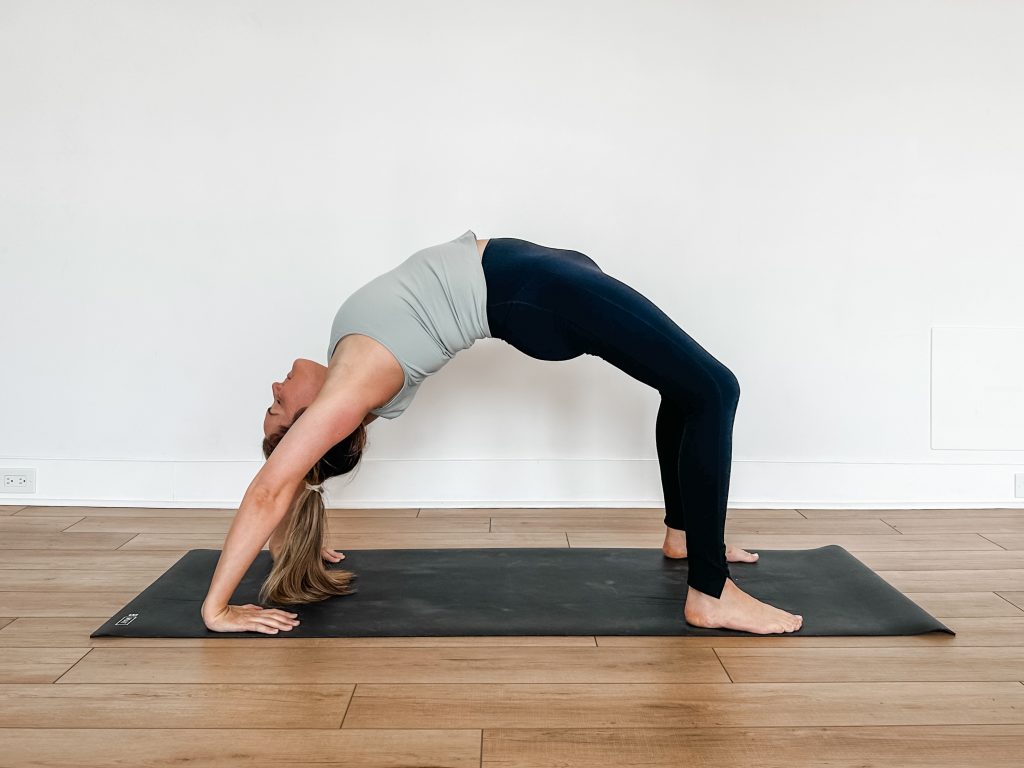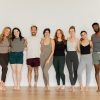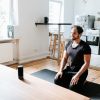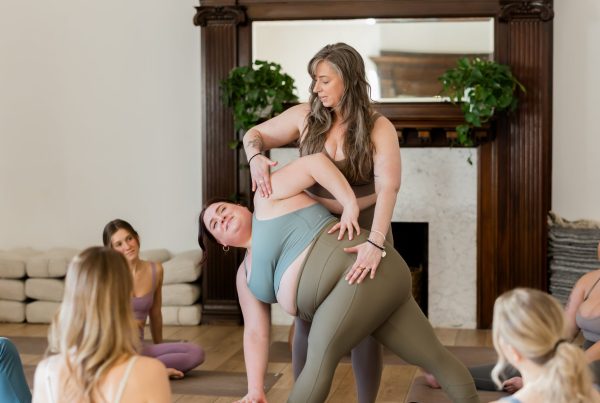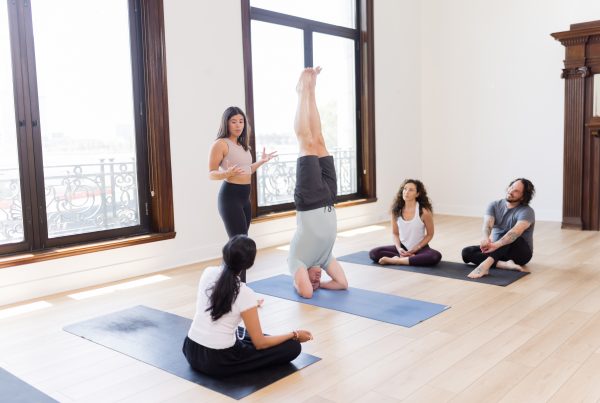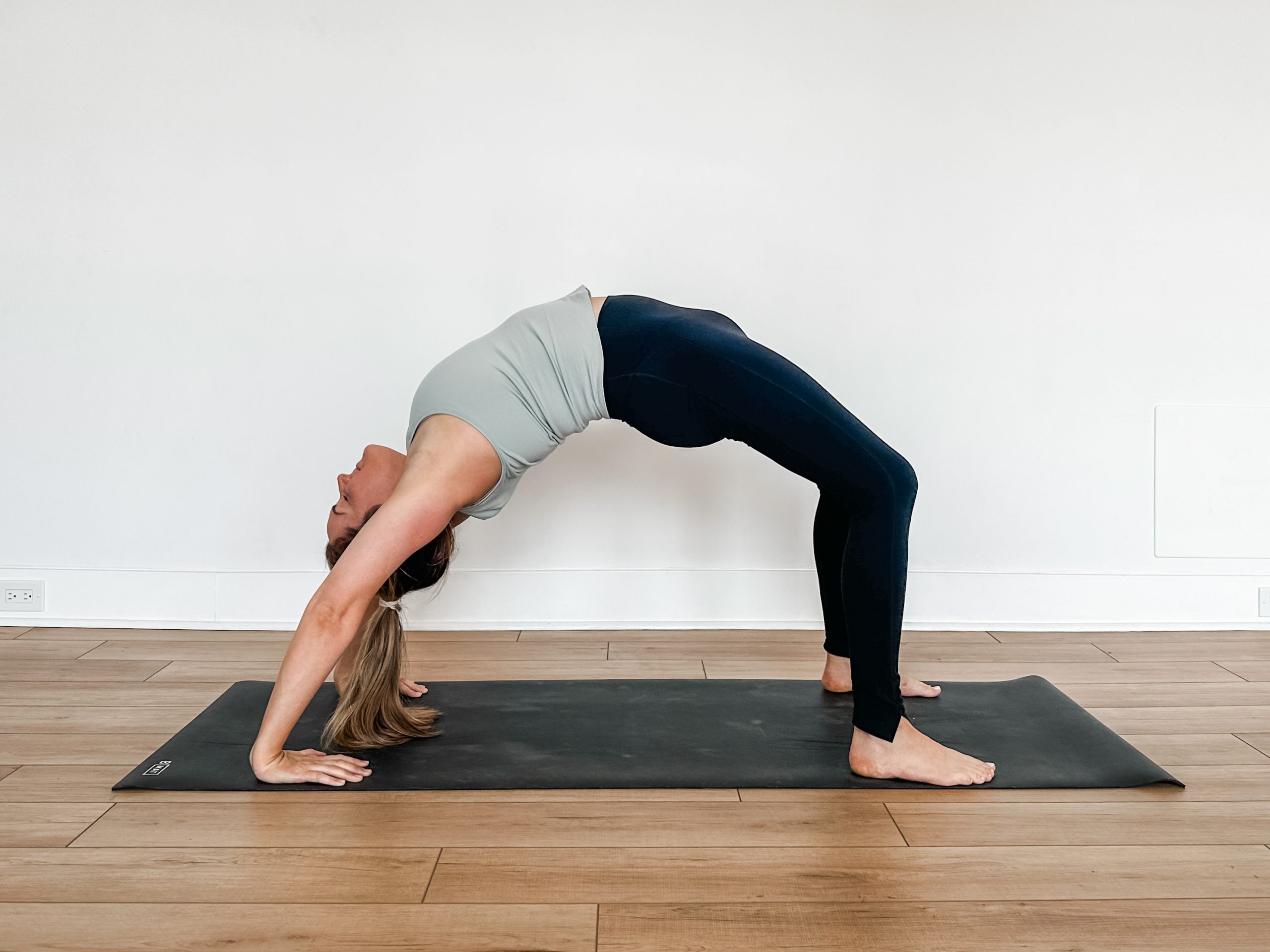
As a student of yoga, The Yoga Sutras of Patanjali is one of the major texts you will see and study. A good portion of the text discusses the mind and you either learn to control the mind or it eventually controls you. In book 1, sutra 2, Patanjali introduces the concept of “Chitta Vrittis” which refers to “the fluctuations of the mind.”
Yoga Sutra 1.2 states: “Yogas citta vritti nirodhah,” which can be translated to, “Yoga is the cessation of the fluctuations of the mind.” This sutra stresses the importance of being in control of the mind and being able to recognize that the mind isn’t always allowing you to see what the truth actually is. The mind is often compared to the ripples you see when you look at an active lake or even like the filters you put over your photos on social media.
The “Chitta Vrittis,” or the fluctuating states of the mind, are: correct perception, delusion, imagination, deep sleep, and memory. “Nirodha” is the cessation of all of these fluctuations. This doesn’t necessarily mean that you no longer think or see with your mind. It means that through the practice of yoga, you become an observer of your mind. You become able to watch when your mind moves through these fluctuations and you can take action from a place of awareness.
Yoga Sutra 1.2 is a reminder that, through consistent practice, you can acquire the tools to be in control of your actions and reactions. You can make decisions that are well thought out as opposed to being at the mercy of your emotions and reactions.
This week our peak pose is Full Wheel, or Urdhva Dhanurasana, and it has a lot going on! This is certainly a pose where your mind can go in a million directions and it can cause a lot of frustration if you haven’t arrived at a place where your mind is calm and you’re in the present moment. This pose requires the front of the legs to be open, strong hamstrings, awareness of the side body, an open heart, strength and mobility in the arms and back, and also overall trust in your ability to maintain balance while incorporating mental and physical strength.
Supporting Pose #1: Crescent Lunge Pose (Anjaneyasana)
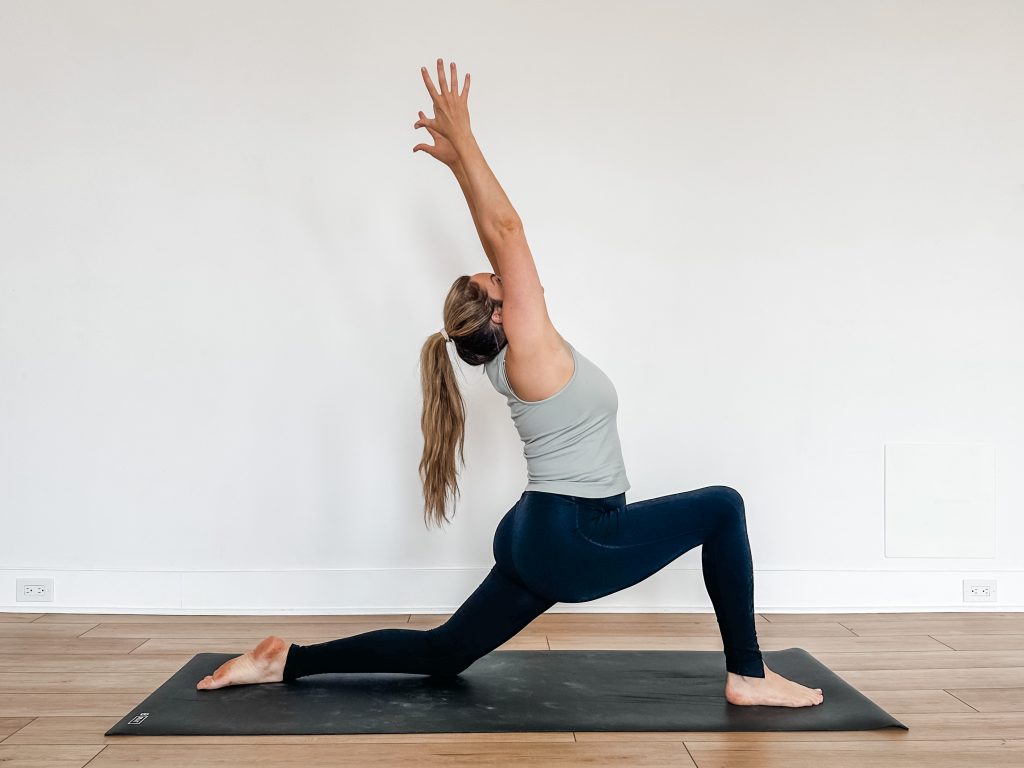
This pose helps build awareness in the feet, length through the lower back, and elongation in the front of the thighs. There is a beautiful feeling of grounded-ness and also lightness. It’s a great introduction to the elements that made up Full Wheel and a great pose to begin to allow your body to feel the patterns that need to be applied to the peak pose.
From a low lunge, lower your back knee to the ground. You can use a blanket beneath the back knee if you’d like. Ideally, you’re not directly on the kneecap, but a little above it and closer to the thigh. Uncurl your back toes so all of your toenails are on the mat.
How to:
- Encourage your hips to move a bit forward of your back knee. If the hips are directly above that knee, you may not feel much in the quadriceps.
- Bring your hands to the top of your front thigh and then extend your arms up high overhead. You may look forward to slightly up, but be mindful to keep the back and sides of your neck long.
- Think about your front heel and your back knee moving towards one another. They won’t physically move, but it’ll help draw your outer hips inwards to create more stability.
Supporting Pose #2: Supported Bridge Pose with Blocks (Supported Setu Bandha Sarvangasana with Blocks)
If you have access to yoga blocks, this is a great option because it allows your body to release without you needing to engage too much. The props almost do the work for you and you can stay in this pose for a few minutes. This is an excellent moment to come back to your theme or dharma talk, or to give the class a few moments of silence.
How to:
- Bring one block on its highest height for beneath your head and one block on its middle height for behind your shoulders.
- Sit in front of the blocks, making sure your feet and your sitting bones are one the mat.
- Begin to recline onto the blocks, adjusting the placement as you come down.
- You may lengthen your legs if it feels okay and also either extend your arms overhead or keep them out to your sides.
Supporting Pose #3: Bridge Pose (Setu Bandha Sarvangasana)
After moving the blocks away, it’s great to come into the full expression of Bridge Pose because it will help you understand what your feet and legs need to begin to do. It’s a great pose to understand how strong your legs need to be when practicing bridge and it’s a nice time to become more aware of the lift of your chest.
How to:
- Begin on your back with your feet on your mat and your knees bent. Have your feet about hips with apart and your ankles right under your knees.
- Ground your feet into the mat and use the strength of your legs to lift your hips towards the sky. Use the strength of your upper back to lift your chest a little higher.
- Look straight up and be sure all of your toe tips are facing forward.
- Either interlace your fingers and drive your knuckles towards your heels or press your hands into the mat to help keep your chest lifted.
Peak Pose: Full Wheel Pose (Urdhva Dhanurasana)
- From bridge pose, brings your hands beside your ears.
- As your breathe in, ground your feet. As you breathe out, come to the crown of your head.
- Remember to keep your legs within the frame of your body and your toes facing forward as you press your hands into the mat and lengthen your arms.
- Use the strength of your legs to help you lift your hips higher and send your heart towards the space that you’re looking at.
- Relax your jaw and remember to breathe. Stay for a few cycles of breathing (even one full round is great!) and come down with the same amount of effort that you came up with.


